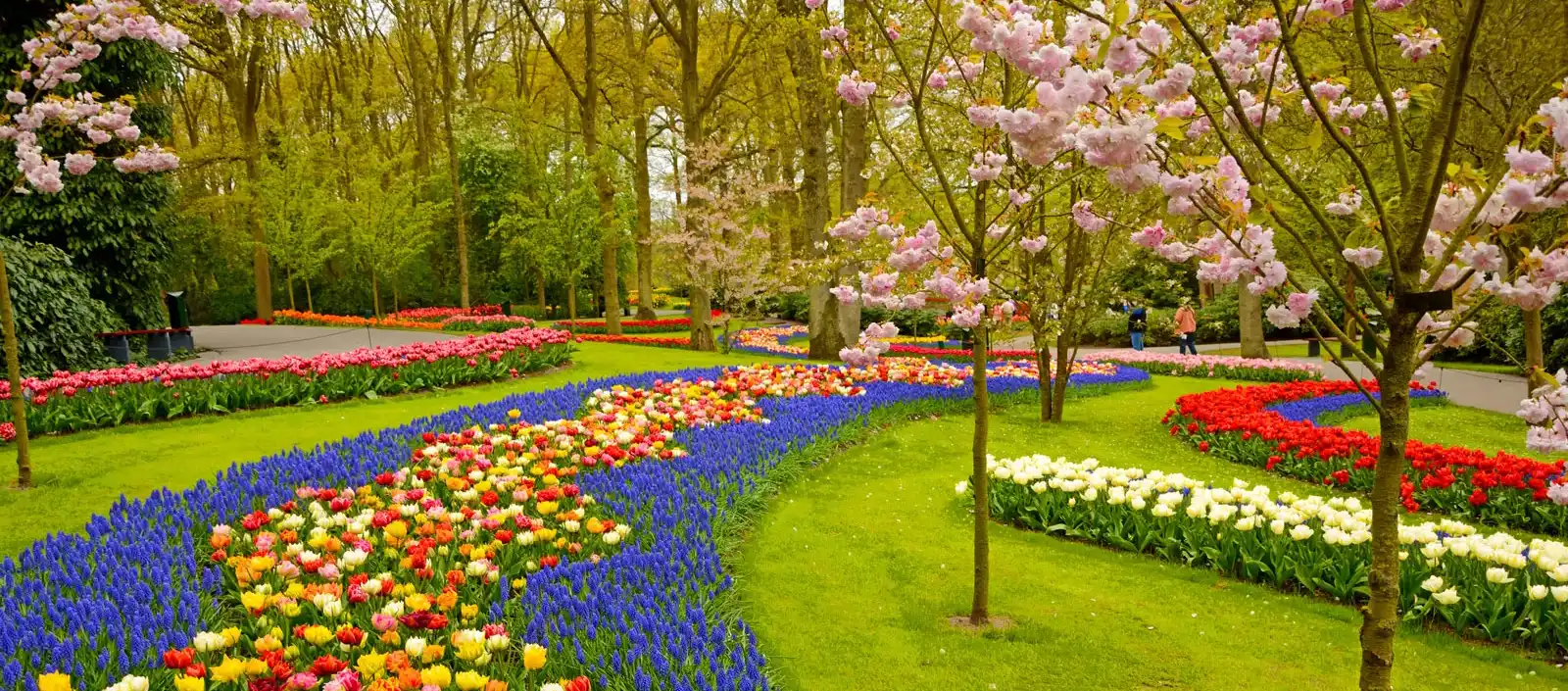In today’s world, creating a sustainable landscape is not only beneficial for the environment but also essential for homeowners looking to minimize their ecological footprint and reduce maintenance costs. Sustainable landscaping involves thoughtful planning, responsible practices, and the use of environmentally friendly materials. In this comprehensive guide, we’ll explore the principles of sustainable landscaping and provide practical tips for designing and maintaining a beautiful, eco-friendly outdoor space.

Understanding Sustainable Landscaping
Sustainable landscaping focuses on creating outdoor spaces that are in harmony with nature, support local ecosystems, and minimize resource consumption. Key principles of sustainable landscaping include:
- Water Conservation: Implementing water-efficient irrigation systems, capturing rainwater, and selecting drought-tolerant plants to reduce water usage. Water conservation can help on a great scale to attain sustainable landscaping.
- Soil Health: Building healthy soil through composting, mulching, and avoiding the use of synthetic fertilizers and pesticides.
- Native Plants: Incorporating native plants for landscaping that are well-adapted to the local climate and require minimal maintenance and irrigation.
- Biodiversity: Creating habitat for wildlife by planting a diverse range of vegetation, including trees, shrubs, and perennials.
- Energy Efficiency: Using landscaping elements such as trees for shading to reduce the need for air conditioning and other energy-intensive systems.
Tips for Creating a Sustainable Landscape
You can follow these sustainable landscape practices to create eco-friendly outdoor spaces.
1. Conduct a Site Analysis
Before starting your landscaping project, conduct a thorough site analysis to assess factors such as soil type, sun exposure, and drainage patterns. This information will help you make informed decisions about plant selection, placement, and irrigation methods.
2. Choose Native Plants for Landscaping
Selecting native plants for landscaping that are adapted to the local climate and soil conditions is a key sustainable landscape practice. Native plants require less water, fertilizer, and pesticides than exotic species, and they provide valuable habitat for native wildlife.
3. Practice Water-Wise Gardening
Minimize water usage in your landscape by incorporating water-efficient irrigation techniques such as drip irrigation, soaker hoses, and rainwater harvesting systems. Grouping plants with similar water needs together and mulching garden beds can also help retain moisture and reduce evaporation.
4. Use Permeable Surfaces
Our expert organic gardening tip is – Opt for permeable paving materials such as gravel, permeable concrete, or porous pavers for driveways, walkways, and patios. These materials allow rainwater to penetrate the soil, reducing runoff and replenishing groundwater supplies.
5. Embrace Sustainable Lawn Care Practices
Reduce the size of your lawn or consider alternative ground covers such as clover or native grasses to minimize water and chemical inputs. Practice natural lawn care techniques such as mowing high, leaving grass clippings on the lawn, and aerating to promote healthy soil and grass growth.
6. Incorporate Edible Landscaping
Integrate edible plants such as fruit trees, berry bushes, and herb gardens into your landscape to provide fresh, homegrown produce while reducing the need for store-bought food that may have a high carbon footprint.
7. Create Wildlife Habitat
Attract beneficial wildlife to your landscape by incorporating features such as bird feeders, bird baths, and pollinator-friendly plants. Avoid using chemical pesticides and herbicides that can harm beneficial insects and wildlife.
8. Practice Sustainable Maintenance
Maintain your landscape by implementing organic gardening tips such as composting yard waste, using organic fertilizers and pesticides, and minimizing the use of gas-powered lawn equipment. Regularly monitor your landscape for signs of pests, diseases, and nutrient deficiencies, and address issues promptly using natural remedies.
9. Implement Smart Irrigation Systems
Install weather-based irrigation controllers or smart sprinkler systems that adjust watering schedules based on local weather conditions and plant needs, reducing water waste and promoting efficient watering practices.
10. Reduce Light Pollution
Install weather-based irrigation controllers or smart sprinkler systems that adjust watering schedules based on local weather conditions and plant needs, reducing water waste and promoting efficient watering practices.
11. Create Habitat Corridors
Designate areas of your landscape as habitat corridors to connect fragmented ecosystems and provide safe passage for wildlife. Plant native trees, shrubs, and flowering plants along property boundaries to create wildlife-friendly corridors and promote biodiversity.
12. Practice Sustainable Hardscaping
Choose sustainable hardscaping materials such as reclaimed wood, recycled concrete, or locally sourced stone for pathways, patios, and retaining walls. Incorporate permeable paving materials to reduce runoff and promote groundwater recharge.
Conclusion
Creating a sustainable landscape is a rewarding endeavor that benefits both the environment and the homeowner. By following the principles of sustainable landscaping and implementing eco-friendly practices, you can create a beautiful outdoor space that conserves resources, supports biodiversity, and enhances the overall health and well-being of your property. Whether you’re starting from scratch or transforming an existing landscape, embracing sustainability is the key to creating a landscape that thrives for generations to come.
FAQs
Can I still have a lush and attractive landscape while practicing sustainability?
Yes, sustainable landscaping can be both beautiful and functional. By selecting the right plants, implementing efficient irrigation methods, and embracing eco-friendly practices, you can create a vibrant and thriving outdoor space that enhances your property’s aesthetic appeal.
How can I attract pollinators and beneficial wildlife to my sustainable landscape?
To attract pollinators and beneficial wildlife, incorporate a diverse range of native plants, provide water sources such as bird baths or small ponds, and avoid using chemical pesticides and herbicides. Create habitat features like nesting boxes, rock piles, and brush piles to support wildlife diversity.
Are there any financial incentives or rebates available for implementing sustainable landscaping practices?
Many municipalities and water utilities offer rebates or incentives for homeowners who implement water-saving measures such as installing rain barrels, converting lawns to drought-tolerant landscapes, or replacing old irrigation systems with water-efficient models. Check with your local government or utility provider to see what programs are available in your area.
